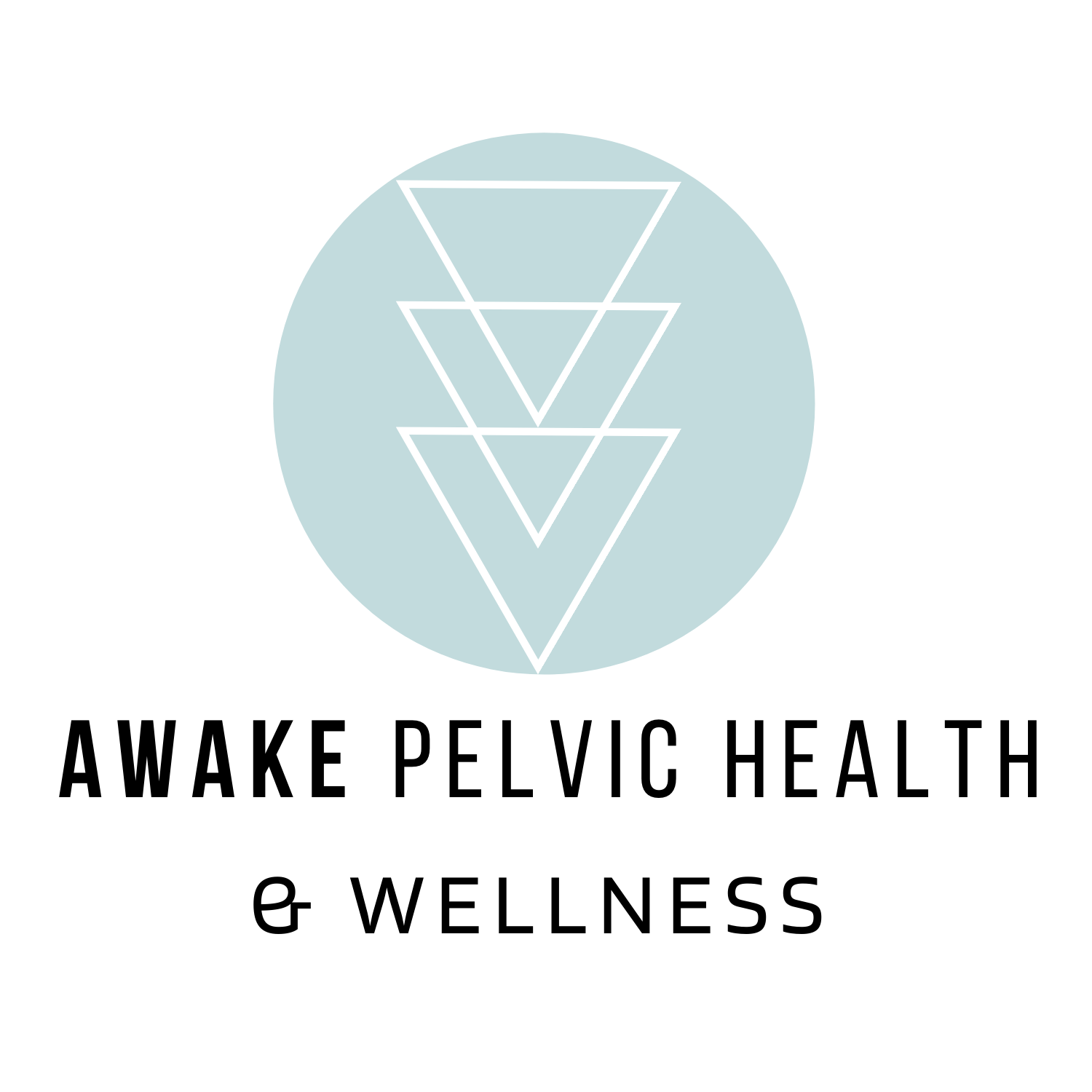Optimizing Your Breathing for Better Pelvic Floor Health
Breathing is probably something you don’t give much thought to, since it just happens automatically. However, just because it happens automatically doesn’t necessarily mean you are doing it right. By ‘right’ we mean in a way that supports your core health. Learning to breathe in an optimal manner can have a major impact on the health of our pelvic floor!
Breathing is impacted by many things including emotions, learned habits, posture, strength, tension and pain.
How Breathing Actually Works
We’re going to get a little technical here, but this is actually pretty cool stuff.
Your torso is supported by a group of muscles called the ‘core canister’ (see last weeks email for more info on this). The muscles that make up the core include the diaphragm (breathing muscle) at the top, abdominals at the front and sides, pelvic floor muscles at the bottom, and your spinal/back muscles at the back.
When you take a breath in, your rib cage expands and your diaphragm flattens >> this causes your abdominal organs to move down, and your pelvic floor and abdominal muscles lengthen a bit to accommodate this. When you breathe out, your diaphragm lifts and your pelvic floor and abs contract and shorten, returning to their resting position.
Here's what that looks like:
Breathing the ‘wrong’ way
There are a lot of ways in which our breathing habits may not be optimal and could be contributing to problems and exacerbating existing pelvic floor dysfunction, including:
Straining while going to the bathroom
Taking shallow breaths because they’re stressed (we’ve all been there!)
Wearing clothes that are too tight and restrict breathing
Constantly sucking in the tummy
Individual muscle tension and weaknesses, injuries or pain can also cause issues by making us compensate with other body parts and muscles. For example, sometimes we breath with the muscles of our neck, jaw, and shoulders creating tension here.
Breathing the ‘right’ way
Technically there is no “right” way to breathe, just a more optimal way! None of us are perfect, but I encourage patients to strive for more optimal breathing patterns on a regular basis to help with their pelvic floor issues.
These are some basic pointers to improving your breathing, but is not at a full comprehensive assessment that you would receive in physical therapy. You may benefit from something more personalized!
Five Tips on improving your breathing
1. KEEP BREATHING.
Just don’t hold your breath!
2. RELAX.
I get it, “just relax” is always the best advice. However, when it comes to optimizing your breathing, working really hard and straining will just bring about more tension. Think slow and intentional breaths, rather than overdoing it.
3. PAY ATTENTION.
Tune in to your breath throughout the day. Notice how your breath changes when you are driving, stressed, happy, sad, etc. Our breath often mirrors our thoughts and feeling. When we breathe shallow due to stress, it just cultivates more stress and less oxygenation into our system.
4. BREATHE THROUGH YOUR NOSE.
Practice breathing in and out of your nose. Our nostrils act like a filtration system for our body and is meant for breathing! While you’re breathing through your nose you can gently relax your tongue and feel it sitting on the top of your palette.
5. BREATHE WITH YOUR DIAPHRAGM.
The air you breathe in through your nose should go all the way down in your belly and rib cage. 70–80% of the inhaling should be done by the diaphragm so that your breathing is nice and deep. Try this exercise:
Lay on your back or sit comfortably
Place your hands on either side of your low ribs
Inhale slowly into your rib cage and belly, feel them expand
Exhale slowly and feel your belly and rib cage relax
Repeat for 10 breaths
Check out this short video on 360 Degree Breathing to experience breathing with your diaphragm muscle!



